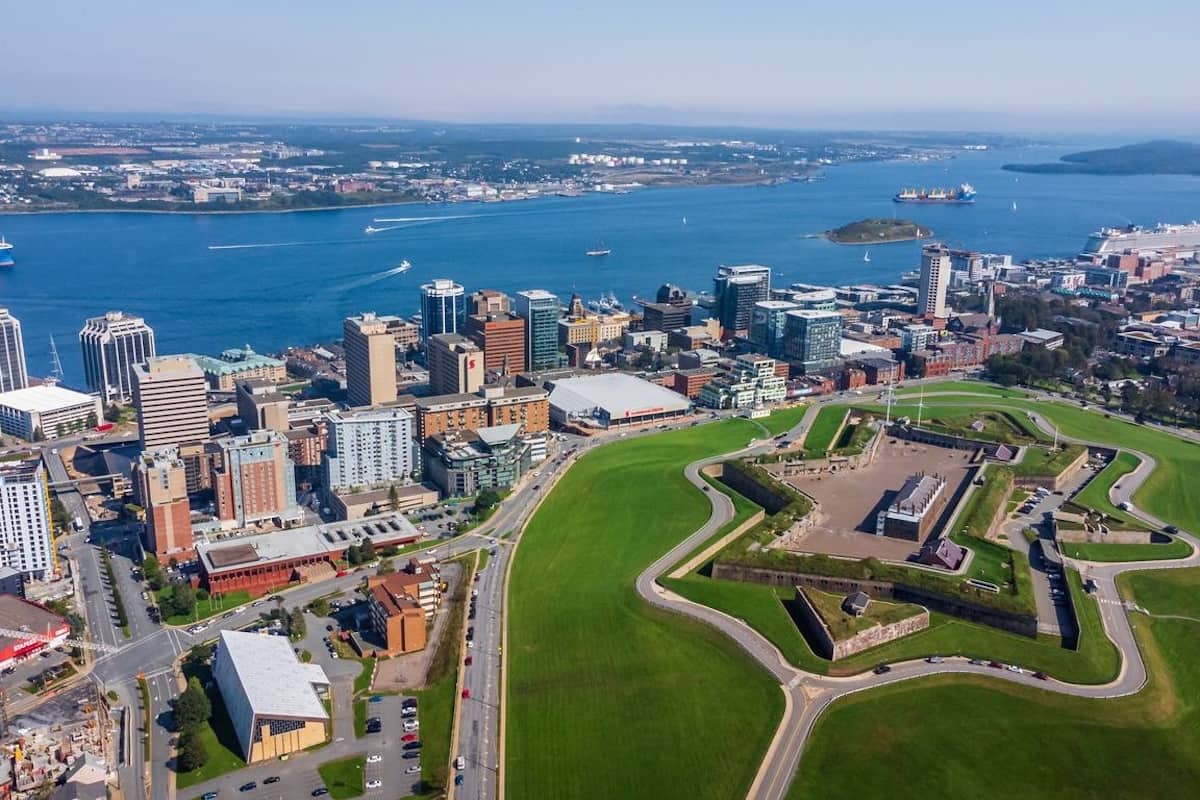Canada’s Atlantic Provinces’ Immigration Priorities for 2025
As Canada continues to evolve its immigration policies, the Atlantic provinces are shaping up to be vital players in the nation’s immigration landscape. In 2025, these provinces are setting forth clear priorities to attract immigrants, which not only supports their local economies but also addresses demographic challenges. Understanding these priorities is essential for prospective immigrants and stakeholders alike.
The Importance of the Atlantic Immigration Program
The Atlantic Immigration Program (AIP) serves as a crucial pathway for skilled workers and international graduates. This program underscores the significance of community-driven immigration. The Atlantic provinces—New Brunswick, Nova Scotia, Prince Edward Island, and Newfoundland and Labrador—are prioritizing the following key areas:
Key Priorities for 2025
In 2025, the Atlantic provinces are focusing on several immigration priorities. These include:
How to Navigate the Immigration Process
For potential immigrants, navigating the immigration landscape can be daunting. Here are several steps to consider:
Regional Highlights: The Unique Needs of Each Province
Each Atlantic province has its distinct immigration needs and priorities:
– **New Brunswick**: Prioritizing skilled workers in healthcare and technology sectors, New Brunswick is focusing on attracting professionals who can contribute to its growing economy.
– **Nova Scotia**: This province is keen on retaining international graduates, particularly those from its universities, fostering a pipeline of talent that can address local labor shortages.
– **Prince Edward Island**: PEI is enhancing its family reunification processes, allowing more residents to bring family members into the province to support local communities.
– **Newfoundland and Labrador**: Here, there is a strong emphasis on attracting workers in the fishery and tourism sectors, critical to the local economy.
The Future of Immigration in Atlantic Canada
Looking ahead, the Atlantic provinces are poised to play a significant role in Canada’s immigration strategy. With a focus on community engagement and addressing labor market needs, these provinces are setting an example of how localized immigration programs can benefit both newcomers and residents alike.
As discussions around immigration reform continue, it is critical to remain informed about changes that may impact potential immigrants. Whether it’s the latest Trump immigration news or updates on humanitarian parole programs, staying engaged with current events can provide insights into the evolving landscape.
In conclusion, Canada’s Atlantic provinces are actively working to create a welcoming environment for immigrants in 2025. By focusing on skilled workers, family reunification, and community engagement, these regions not only enhance their own economies but also contribute to Canada’s overall growth and diversity. For individuals considering immigration, understanding these priorities is key to making informed decisions about their future.










